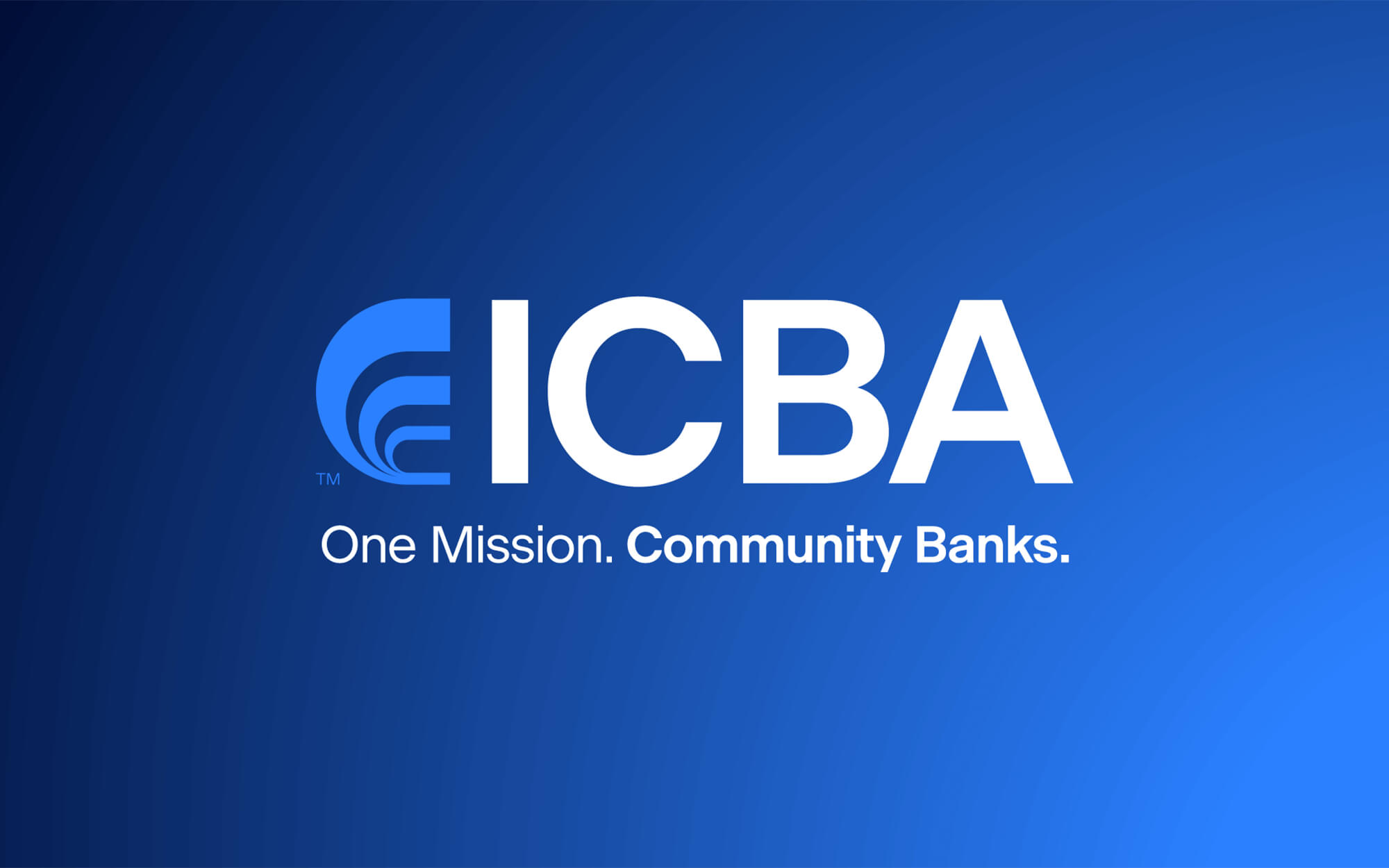ICBA expressed support for an interagency proposal to require banks with $100 billion or more in assets to maintain minimum levels of externally issued long-term debt.
Background: Under the proposal, the newly defined category II, III, and IV large banking organizations would join category I systemically important financial institutions in holding sufficient levels of long-term debt issued to third parties, which regulators could use to resolve large institutions in the event of insolvency. Regulators could convert the long-term debt liabilities into common equity tier 1 capital to unwind failing institutions without systemic disruptions.
ICBA Comments: In a comment letter, ICBA said:
Regulators should institute the long-term debt proposal without changes.
The proposal would help protect U.S. taxpayers and community banks from the failures of the too-big-to-fail megabanks by allowing the capital markets to absorb the risk.
The market pricing of these instruments could help identify potential safety and soundness stresses within these institutions, incentivizing large bank management teams to maintain high-quality regulatory capital.
The proposal increases the likelihood that community banks could successfully bid on the assets or liabilities of a failed large bank, because the proposal offers management teams more time to thoroughly evaluate risks and opportunities.
Previous ICBA Comments: In a national news release after the proposal was issued in August, ICBA said requiring large banks over $100 billion in assets to maintain long-term debt with characteristics similar to those required for global systemically important banking organizations would enhance financial stability by providing a wider range of options to resolve these institutions.
Ongoing ICBA Advocacy: The debt proposal aligns with ICBA’s support earlier last year for a separate FDIC and Federal Reserve Board proposal to enhance long-term debt standards for large institutions to reduce the impact of failure.






